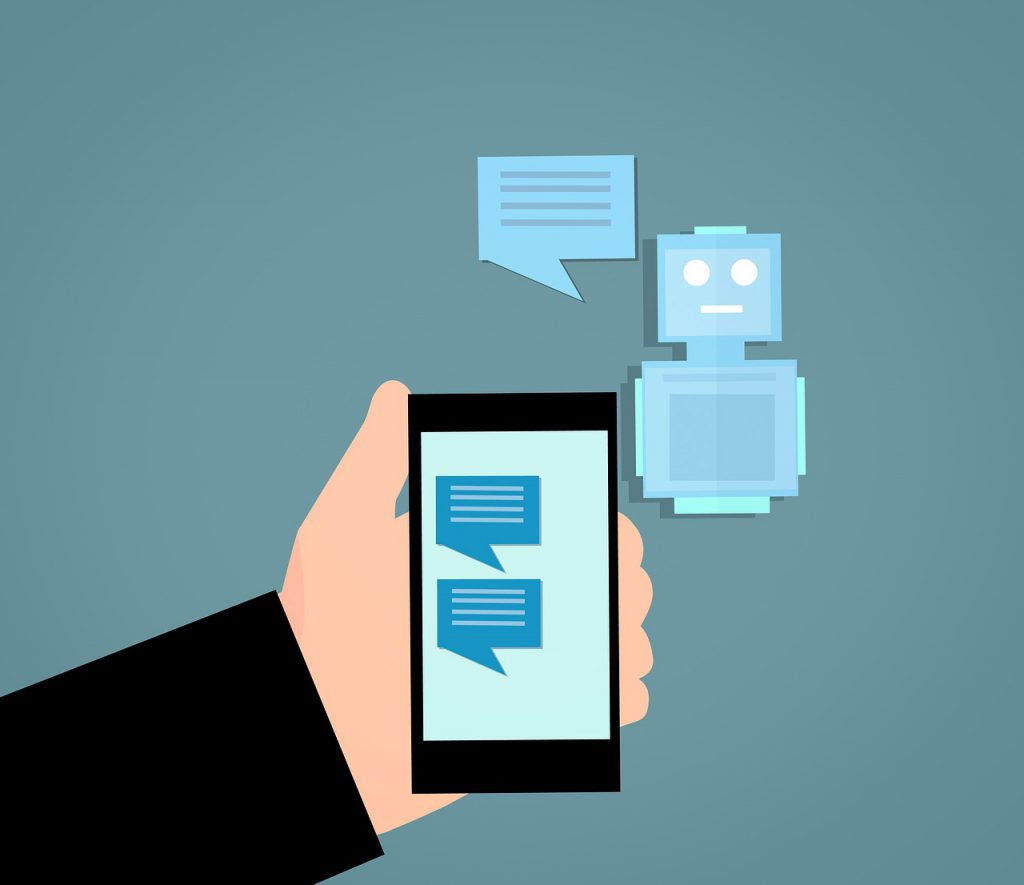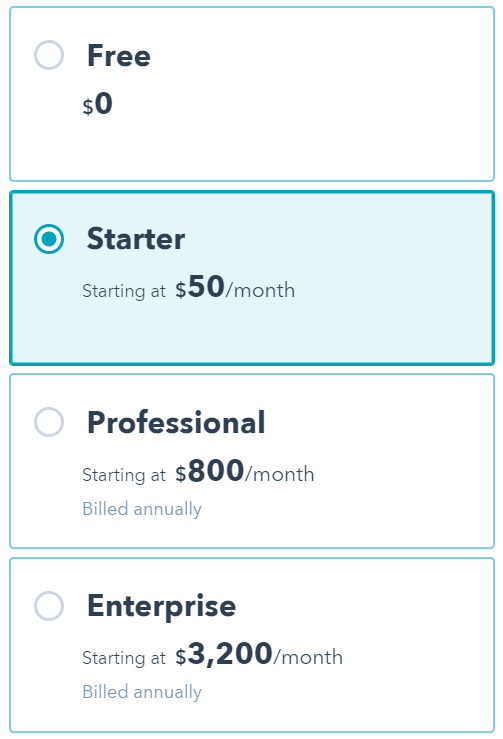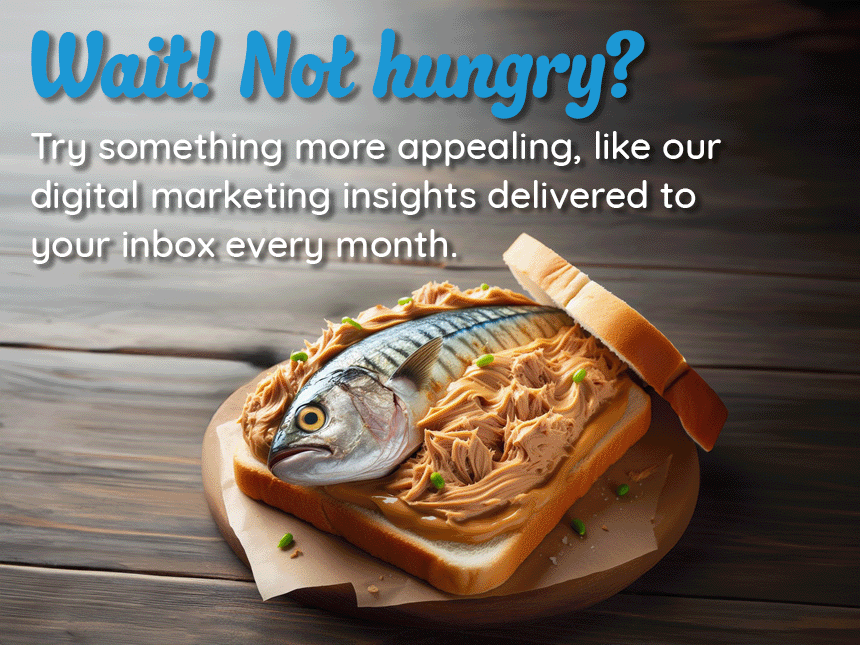Zendesk Gives Me Anxiety

I will start this article by stating I have no ill will towards Zendesk. It is a useful tool for providing customer service across multiple platforms. In fact, that’s exactly what they say on their homepage:
“The best customer service experiences are built with Zendesk. Our customer service and engagement platform is powerful and flexible, and scales to meet the needs of any business.”
My problem, and the catalyst for my anxiety, is that people don’t seem to understand that Zendesk is not an all-in-one, multi-department chat service with nurturing capabilities. What is it? Please reread the statement above. Say it with me. It’s a customer service and engagement platform.
Disclaimer: Zendesk is one of many tools that offer customer service and engagement capabilities. I am using them in this article because of their popularity. I could have just as easily used Freshdesk, LiveAgent, Samanage, Desk.com, TeamSupport, or Help Scout.
Like I said, Zendesk is a useful tool. It offers chat, support, talk, and customizable guides for customer service representatives to follow. What it doesn’t offer is a bridge between sales, marketing, finance, and the rest of your company. Zendesk is a win for companies solely looking for a (I’ll say it again) customer service and engagement platform, but it is not the right tool for companies looking for more.
Can Zendesk increase sales? Maybe. The site claims that customers are 3x more likely to make a purchase when you reach out with chat. But that relies more on the customer support team than the tool itself.
Will Zendesk improve user experience? Most likely. It allows users to ask a question and get a response within minutes, if not seconds (depending on the responsiveness of the team answering the chats). It eliminates the need to pick up a phone, fill out a form, go blindly searching, or even leave their messaging channel of choice.
But here is where Zendesk loses – it operates in a vacuum.
Zendesk is (say it with me) a customer service and engagement platform. It is not working to inform all parts of your business or to create a more complete profile of your customer. It is not initiating workflows to further engage and nurture current customers as well as potential customers. It is not analyzing how chat impacts your overall marketing/sales efforts, or if chat is the best way to generate new leads and service existing customers.
Zendesk’s chat operates in a bubble. Users can generate reports on customer satisfaction, create templates for customer service representatives to follow, and even engage with customers through chat, phone calls, emails, and social – but this information is one sided. It ONLY focuses on the success and efforts of the customer service department. Where do sales and marketing fit in? How can companies use the information gathered to inform other departments? How can companies evaluate their efforts, campaigns, and performance as whole?
They can’t. But that’s not Zendesk’s fault. I will say it one more time for the people in the back and anyone thinking that they can substitute chat for a complete nurturing platform: Zendesk is a customer service and engagement platform and nothing more. I will go as far as to say that to expect more would be illogical. Would you buy a microwave to cook Thanksgiving dinner for 20? No, you need a complete kitchen with multiple tools that can be used individually or in combination in order to get the job done. Why would chat be any different?
If you’re looking for more, as most companies are, you need to consider something beyond just chat, like a marketing automation platform.
The Cure to My Anxiety – Marketing Automation
Marketing automation not only cure’s my anxiety, it excites me. Take a look at HubSpot as just one example.
HubSpot is a marketing automation platform that allows small businesses to operate like large corporations, and large corporations to capture detailed information and understand their clients as though they were a mom and pop store that knew each client by name. HubSpot understands that just as no man is an island, no department within your company should be or feel isolated. That is why they have created a sophisticated suite of tools that help departments share information, track goals, and monitor client engagement and satisfaction.
Why is this Important for Small Businesses?
Small businesses are more likely to choose a product like Zendesk over HubSpot, but that’s only because they don’t have all the necessary information to make an informed decision. For one thing, small businesses may think that, because they are small, they can make a tool work for their needs. This is a mistake. Tools are created with a specific purpose in mind. Thinking you can change that is an uphill battle; it’s more likely that you will end up changing how you do things rather than changing how the tool should be used.
Second, a small business may look at the ever-growing list of HubSpot tools offered in each of the package tiers and think that they do not need that many tools because of their size. Don’t undersell yourself! Would you forego buying computers for your employees because you didn’t think they would use every function available? No. And once you start using a marketing automation system like HubSpot, it’s likely that you will find yourself using more of the tools than previously anticipated. It’s also worth noting that having a central hub for all sales, marketing, contact, billing, and website information will save time and result in improved efficiency.
Third, perceived cost. We will talk more about this later.
Why is this Important for Large Corporations?
Large Corporations may choose a singular tool like Zendesk because they believe each individual team will be more productive if they are given a tool specifically created to address the responsibilities of that department. This is sound logic, but it’s a slightly outdated way of thinking. The world has moved to a more holistic way of doing business. A customer is more than just an account or a case number. A customer is a unique individual with goals and challenges that you need to address.
HubSpot helps large corporations service and engage with their customers on a more personal level. The ability to collect and share client information in one central location helps every department. Imagine your company has multiple locations across the United States. The sales team is in Texas, customer service is in California, and marketing is in New York. It would be very difficult for these teams to effectively share information via email, conference call, or even quarterly meetings. And worst of all, those outdated ways of sharing information waste time. If this company has HubSpot, your customer service department in California can quickly review a customer’s account to give them the best service possible, the sales team in Texas can review all customer service interactions with a client prior to reaching out about a renewal or a new product, and the marketing team in New York can run a report on the satisfaction level of all customers as well as the most viewed pages, campaigns, or emails prior to a sale so that they create a winning strategy.
You should always strive to give your employees the tools they need to succeed, but you should also look for platforms that give your employees the ability to act as a team.
Individualized tools can be great, but integrated tools are better.
Talk is Cheap, Chat is Expensive
As promised earlier, we will now address pricing and the misconception that individual tools are a more cost effective solution than a marketing automation system like HubSpot.
This is a screenshot of Zendesk’s pricing tiers as of November 1, 2018.

Lite
The lowest tier, offered at no cost, allows for one chat, a chat satisfaction rating, and 14 days of chat history. Unless you have a small team with a very quick sales funnel, this is most likely not a viable option.
Team and Professional
The two middle tiers offer multiple departments, customization, unlimited chats and triggers, as well as conversion tracking.
Enterprise
The top tier, Enterprise, offers white labeled widgets, real-time monitoring, user roles and permissions, skill-based routing, among other features. This tier is robust and appears to be a possible solution for a mid- to large-sized company. But wait, that price of $59 is per agent per month… that could get expensive very quickly. Let’s say you set up accounts for 3 employees from sales, 3 from marketing, and 3 from customer support. That’s $6,372 per year. At that price point it’s worth considering a marketing automation platform like HubSpot.
Get More for Your Money (with HubSpot)
Continuing to use HubSpot as our marketing automation example, this tool offers users four tier options. All tiers include chat and a fully integrated CRM.

Free
Let’s focus on the lower two tiers since they are at the same price point as Zendesk. HubSpot Free offers users:
- Forms
- Contact activity records
- Contact management capabilities
- Contact and company insights
- Facebook & Instagram lead ads
- Conversations inbox (this is what HubSpot calls their fully integrated chat inbox)
- Live chat
- Conversational bots
- Team email
- Reporting dashboards
You get all of this for free.
Starter
HubSpot Starter users pay $50 per month for unlimited users. They have access to all the features listed above as well as:
- HubSpot branding removed
- Email marketing
- Lists
- Mobile optimization
So if you chose marketing starter, you would get all these features and only pay $600 per year, regardless of the number of agents used.
Professional
Let’s get crazy. Let’s pretend you have fallen madly in love with the idea of marketing automation and you have cash to burn. If you select the HubSpot Professional tier for $800 per month, you would receive unlimited users, have access to all the features in the Free and Starter tiers, as well as:
- Phone support
- Blog & content creation tools
- SEO & content strategy tools
- Social media
- Calls-to-action
- Landing pages
- Standard SSL certificate
- Subdomain availability
- Full marketing automation services
- Video hosting & management
- Goal-based nurturing
- Salesforce integration
- Smart content
- Attribution reporting
- A/B testing
- Teams
- Google Search Console integration
- Custom reporting
You would receive all this for less than it would cost you to have 14 team members on the Zendesk Enterprise tier. More importantly, you would have the capability to create complete customer profiles, nurture your audience, share information across departments, and report on your collective efforts. Zendesk is a singular tool. HubSpot is a platform.
If you are considering adding chat to your digital strategy and would like to learn more about what HubSpot can offer small, medium, and large companies, click here to contact Arc. We love a good conversation.



